Apple's Vision Pro is about to get a serious upgrade, one that reshapes how mixed reality feels in your hands. The company has officially revealed the headset will move from the M2 to the more powerful M5 chip (9to5Mac), while launching accessories that tackle longtime user complaints. Apple also confirmed release details for two previously announced add-ons (9to5Mac), and the enhanced Dual Knit Band that ships with the M5 model can now be purchased on its own (9to5Mac).
They matter because they stack. The hardware lift tackles performance limits. The new accessories bring precision and comfort that early owners have been asking for since day one.
PlayStation VR2 controllers bring console gaming precision
Here is where it gets interesting for gamers. Apple revealed PlayStation VR2 Sense controller compatibility during its June WWDC presentation (9to5Mac), visionOS 26 adds PS VR2 Sense controller support; Apple began selling the PS VR2 Sense controller + charging station through the Apple Online Store on November 11, 2025. Starting November 11, the complete PlayStation VR2 Sense controller package with charging station will sell for 249.95 dollars through Apple's online store (9to5Mac).
Pricey? Sure. But it lines up with Apple's push for premium tools that unlock new content categories. The controllers deliver advanced haptic feedback, resistive triggers, and six-degrees-of-freedom tracking that could enable immersive gaming that simply was not possible on Apple's platform before (Apple Newsroom). More important, the support gives serious VR game developers a clear bridge to bring existing titles to Vision Pro.
It is a pragmatic evolution from Apple's original controller-free vision. Apple is not ditching spatial computing principles, it is expanding the input toolkit to fit different experiences. Hand tracking excels for productivity and navigation. Physical controllers bring the precision and tactile feedback that competitive gaming and complex simulations demand.
Logitech Muse transforms creative workflows
On the creative side, Logitech Muse shows Apple's focus on pro tools. The digital stylus becomes available next week alongside the M5 Vision Pro launch (9to5Mac). It is 129.95 dollars, with pre-orders on Logitech's site and Apple's online store in all Vision Pro regions (9to5Mac). The device ships on October 22, the same day as the updated Vision Pro and new Dual Knit Band (9to5Mac).
Muse brings six-axis motion tracking and intuitive controls for natural spatial drawing and annotation (9to5Mac). The twist is feel. With advanced haptic feedback, you can sense textural differences on virtual surfaces. The pressure-sensitive tip and a force-sensing button let you vary line weight whether you are sketching in mid-air or annotating a 3D model.
This is not a replacement for hand tracking. It is the precision instrument creative pros reach for when the work gets detailed, while gestures handle the quick moves and navigation.
M5 chip delivers meaningful performance improvements
The M5 is the foundation that lets those accessories shine. Built on advanced 3 nm architecture, it can render 10 percent more pixels on Vision Pro's high-resolution OLED displays, which translates into noticeably sharper text (Six Colors). If you read dense timelines or CAD labels, you will feel that.
The chip also enables 120 Hz refresh rates when viewing real-world environments, which cuts motion blur during head movement (Six Colors). That responsiveness matters when you are using physical controllers in a fast game or nudging a vertex with a stylus. Less disconnect, more presence.
Battery life gets a lift too, with up to two and a half hours of general use and three hours of video playback (Six Colors). Not earth shattering, but paired with the more comfortable Dual Knit Band, it adds up for longer sessions. The updated Vision Pro becomes available October 22, with pre-orders open in Australia, Canada, China mainland, Hong Kong, France, Germany, Japan, Singapore, the UAE, the UK and the U.S.; nationwide availability begins October 22, 2025..
Dual Knit Band addresses comfort concerns
Comfort completes the user experience puzzle. The Dual Knit Band is now sold separately for 99 dollars, so current M2 Vision Pro owners can upgrade without buying a new headset (9to5Mac). A fair price for something you feel every minute you wear the device.
Both straps use 3D-knitted fabric with embedded tungsten inserts for better weight distribution and comfort (Six Colors). Those tungsten elements are not decorative. They are positioned to counterbalance the headset's weight, which eases facial pressure during long PlayStation controller sessions or detailed stylus work.
A dual-function adjustment dial lets you tune each strap independently for a personalized fit (MacRumors). The band connects to the Audio Straps with a secure mechanism, and quick-release tabs make removal simple when you need to swap setups (MacRumors). That modularity is handy for pro workflows.
What this means for Apple's spatial computing future
Together, these moves signal a shift from idealistic spatial concepts to solutions shaped by real use. Apple has moved from a purist hand-tracking stance to embracing traditional gaming controllers and creative tools (AI Gadgets Xray). Not a retreat. An evolution that fits how people actually work and play.
With an estimated 500,000 Vision Pro units sold to date, Apple has to broaden its base while keeping current owners engaged (Road to VR). This wave of updates tackles both sides by removing friction that kept gamers and creative pros at arm's length.
PlayStation VR2 controller support opens the door to ports from Quest, PC VR, and PlayStation, which could ease the platform's thin gaming library (Upload VR). Paired with Muse for precision work and the M5 for speed, the ecosystem looks far more inviting to developers who saw Vision Pro as too niche or too limited.
As visionOS 26 matures with better input and performance, these accessories read like a direct response to early feedback, and they do it while keeping Apple's premium stance. The company is not abandoning spatial computing, it is making it practical for the workflows where it shines. If that momentum holds, Vision Pro moves from early adopter curiosity to a device you reach for, at work and after hours.




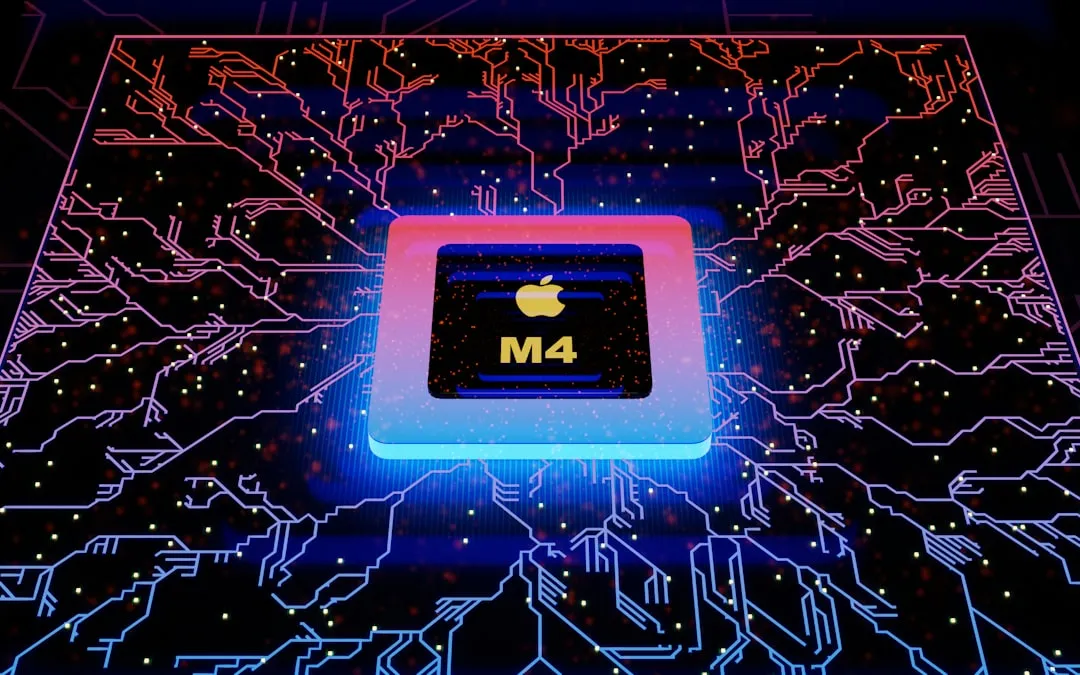
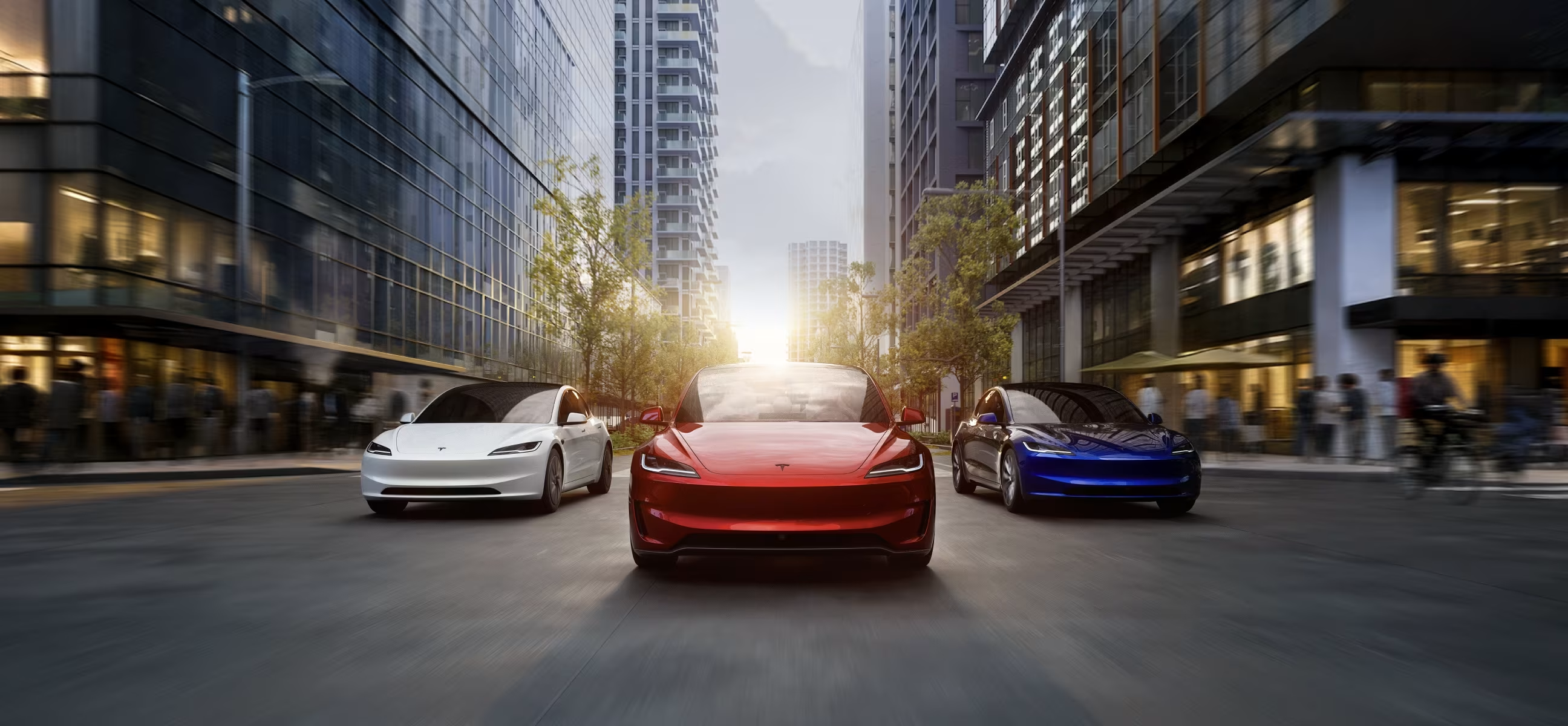
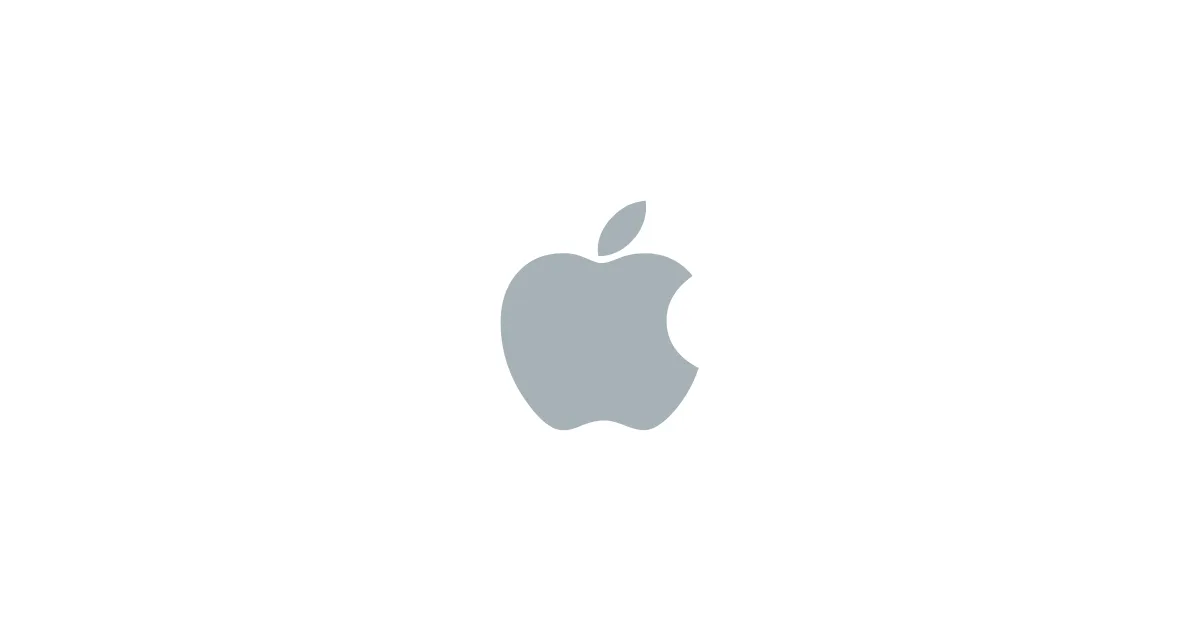
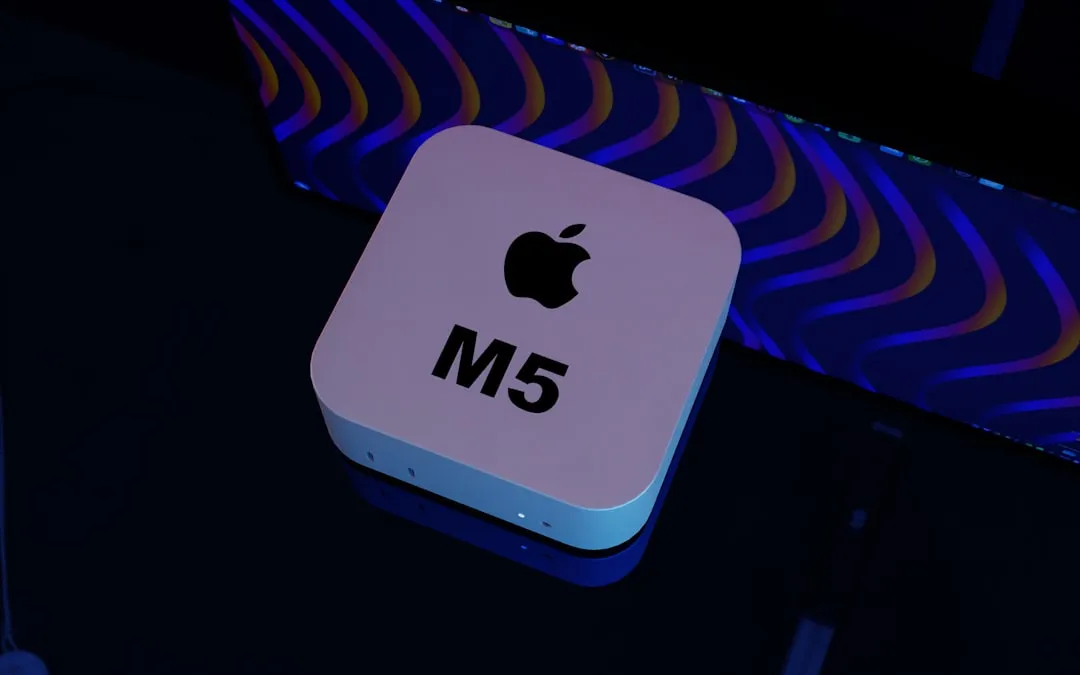
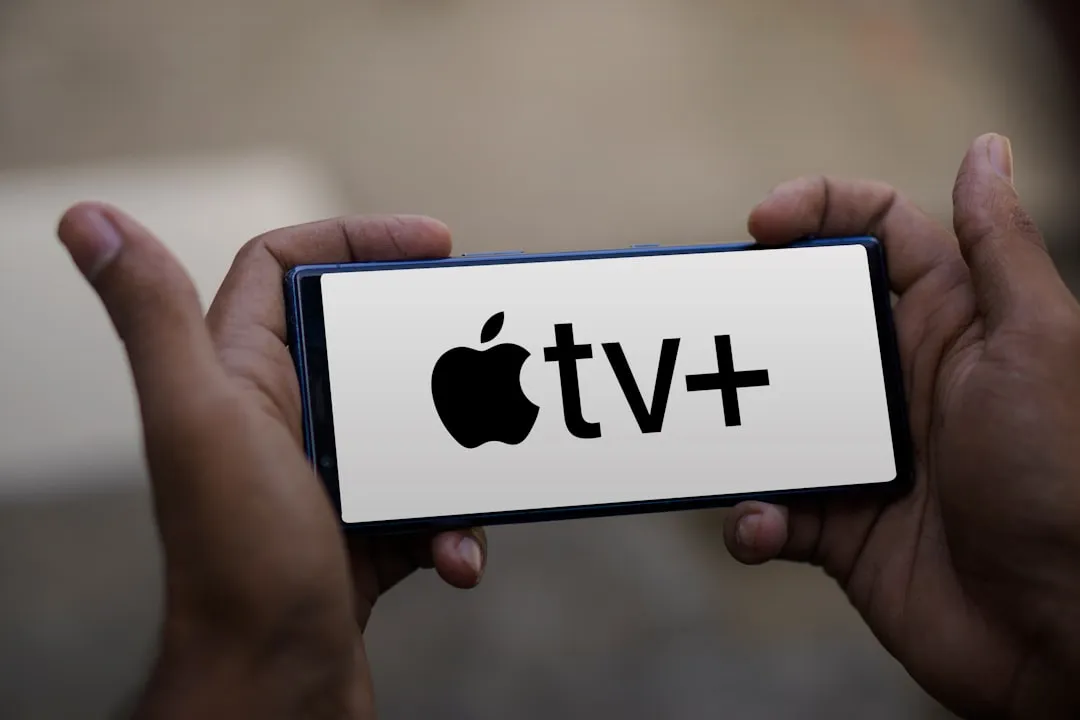
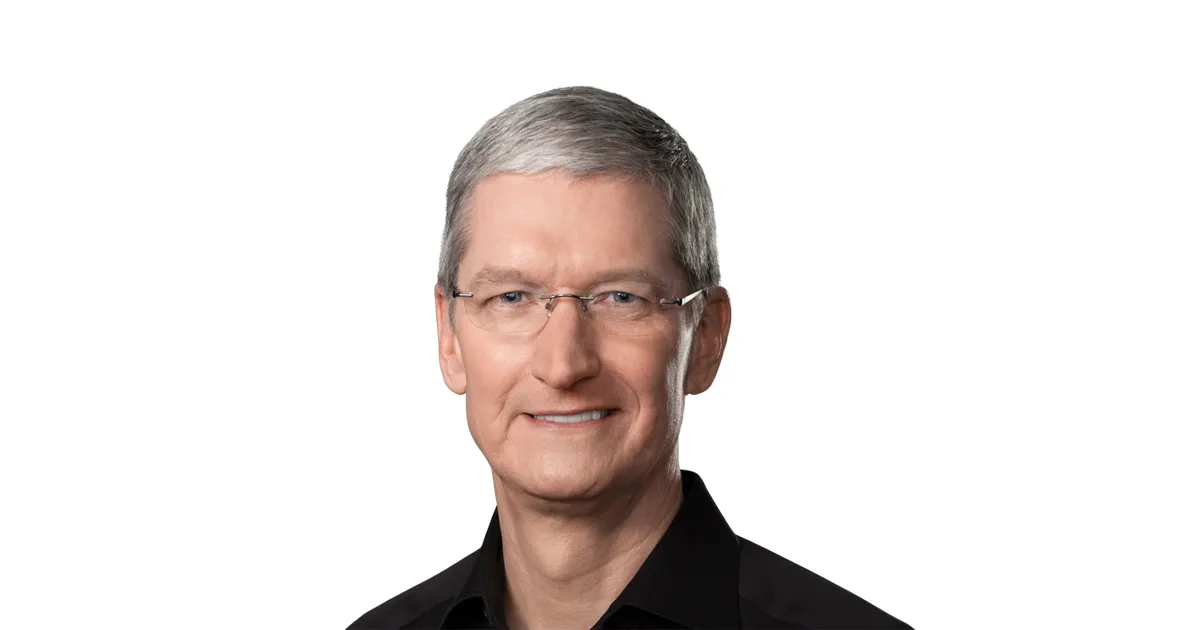
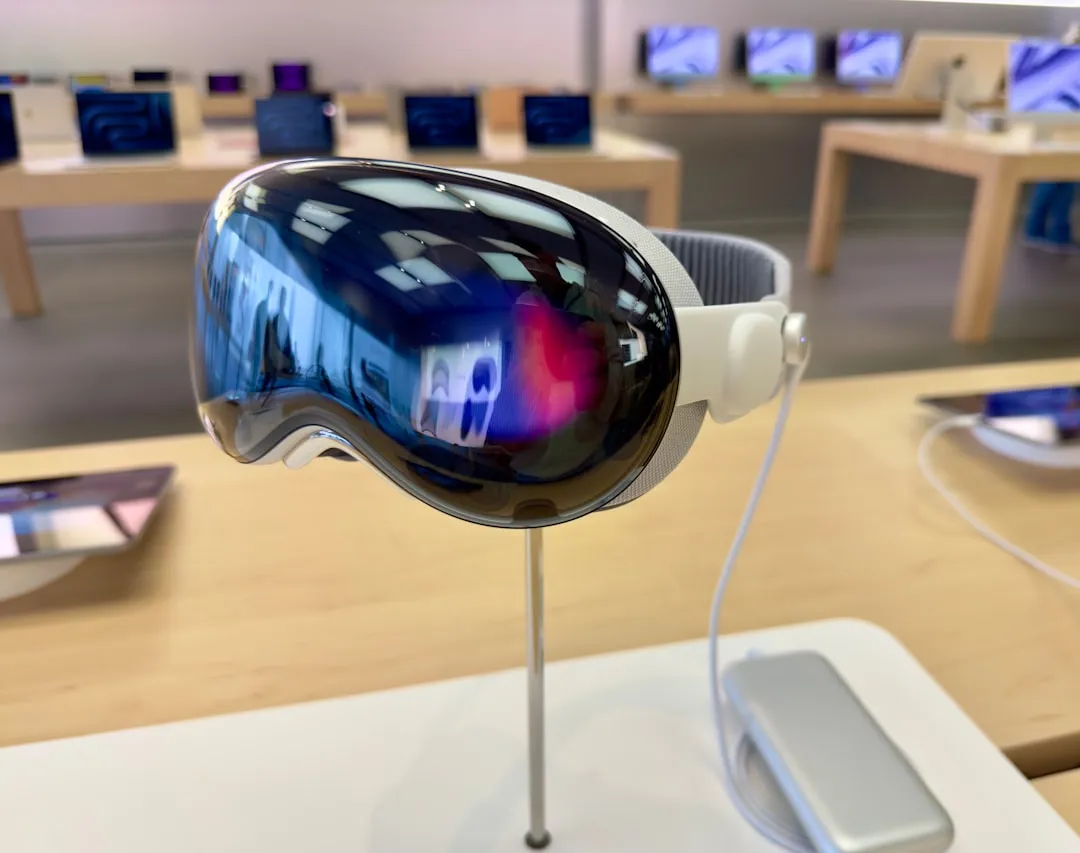
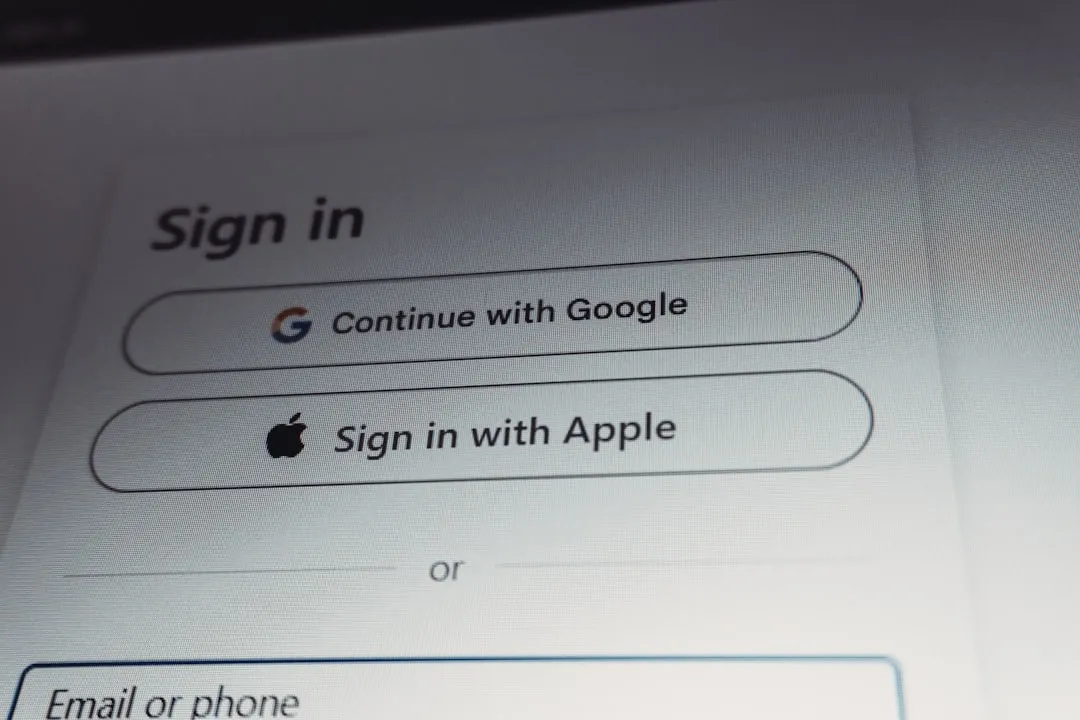
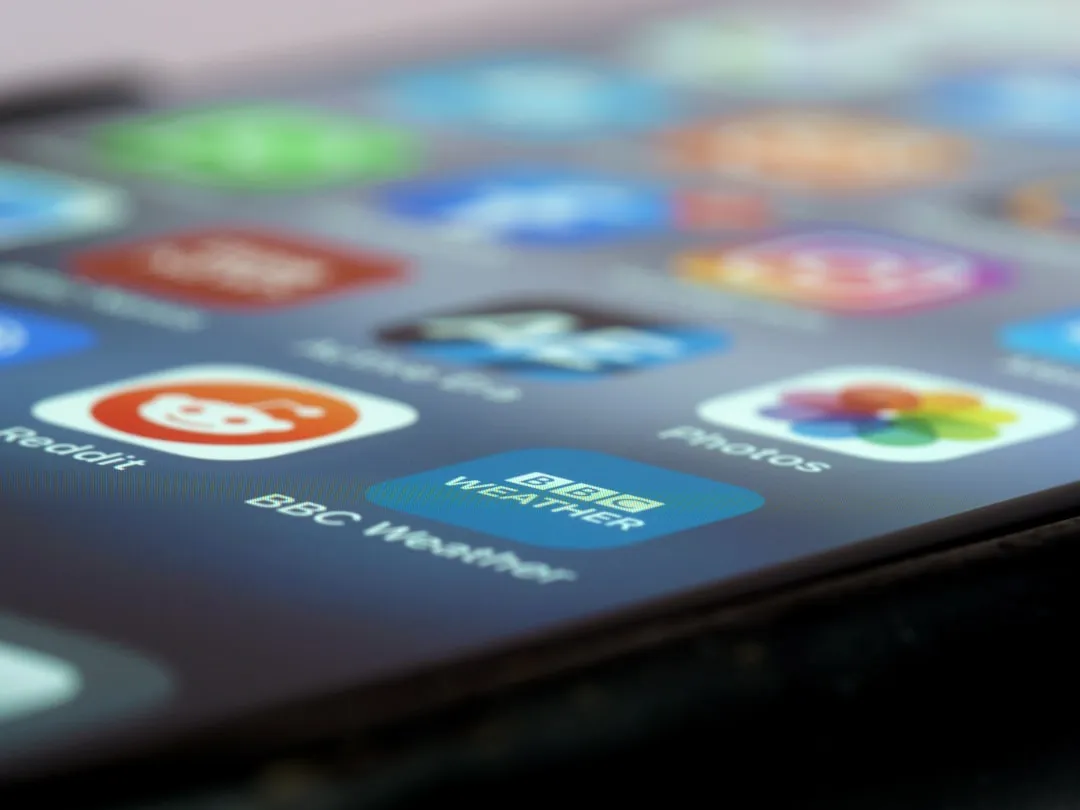
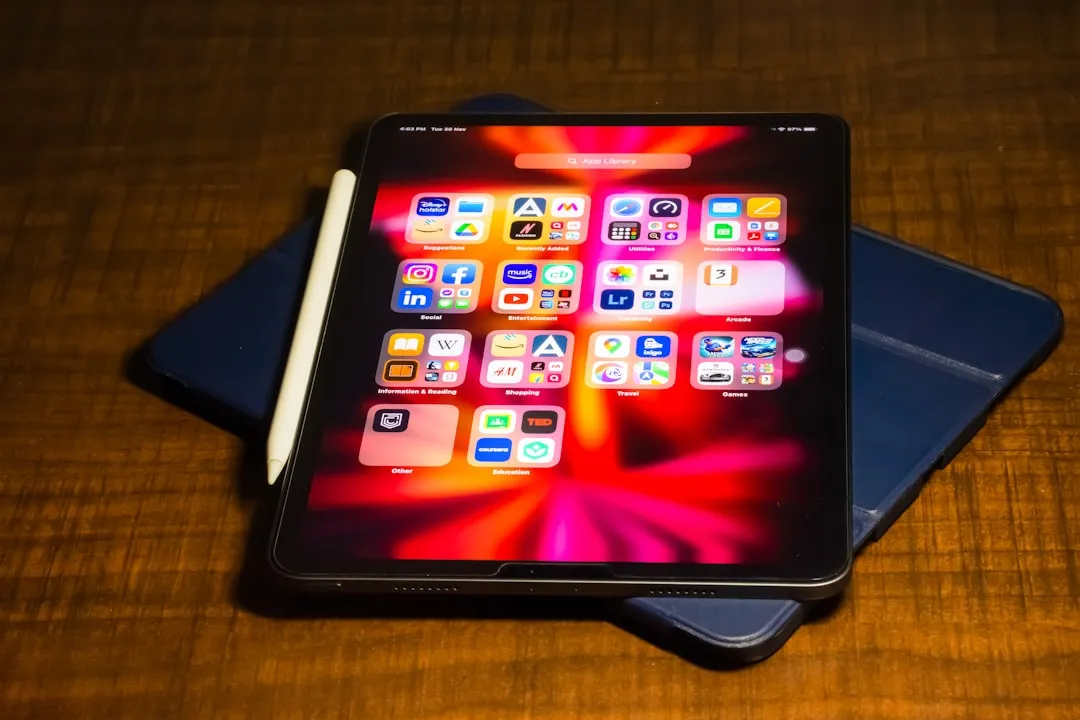
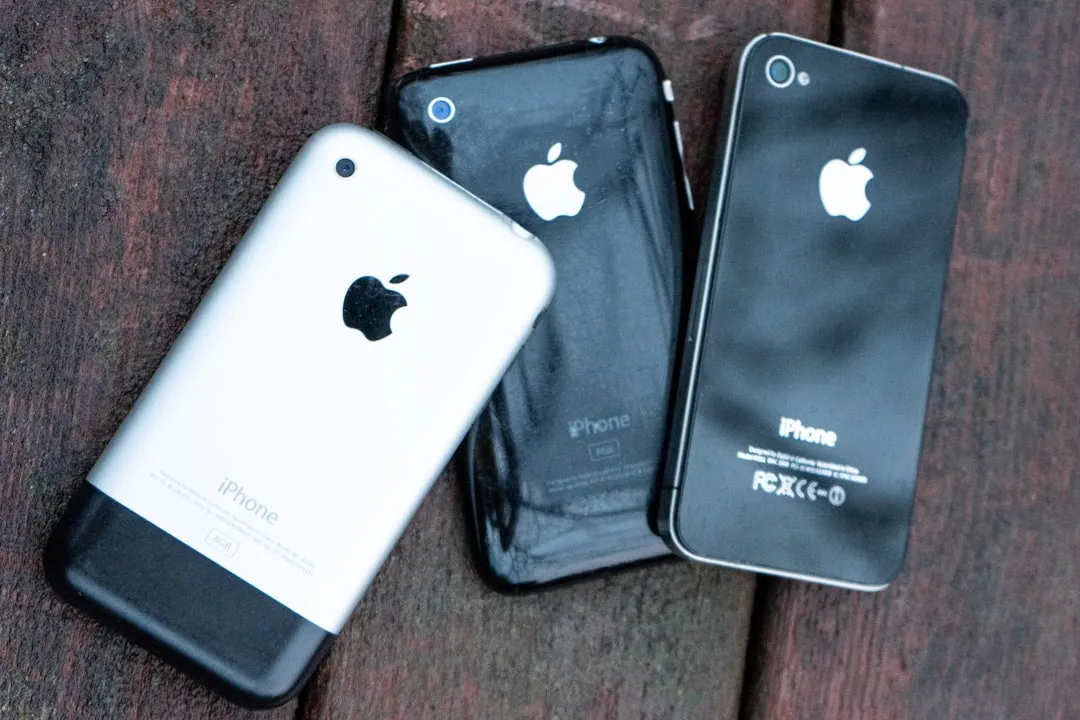
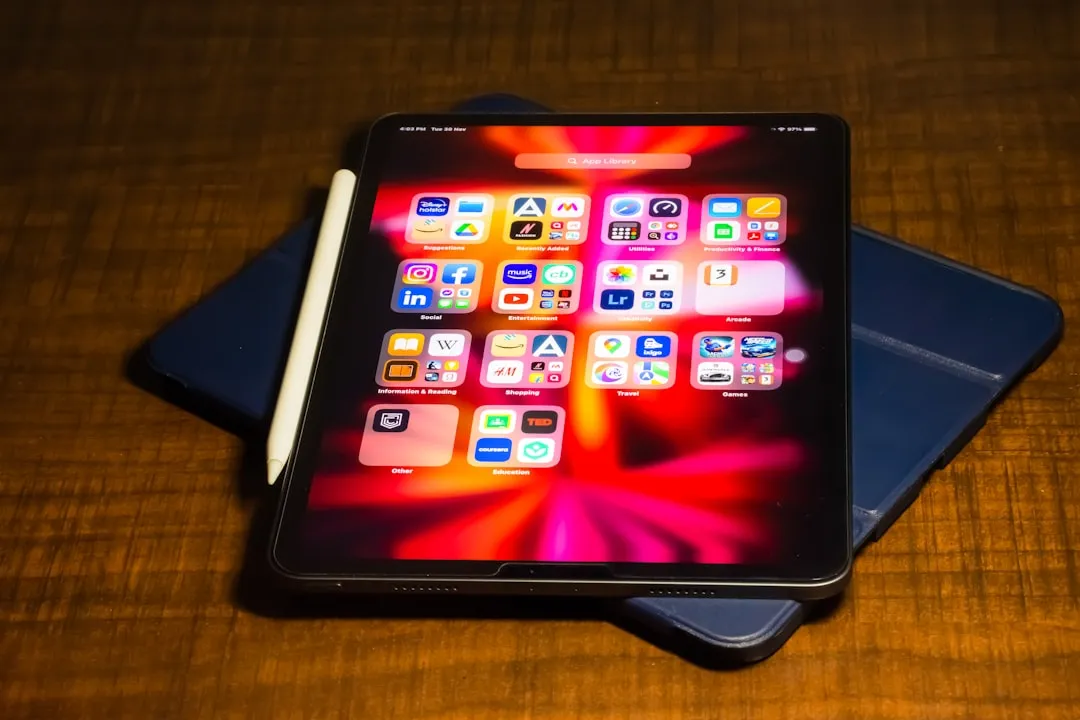

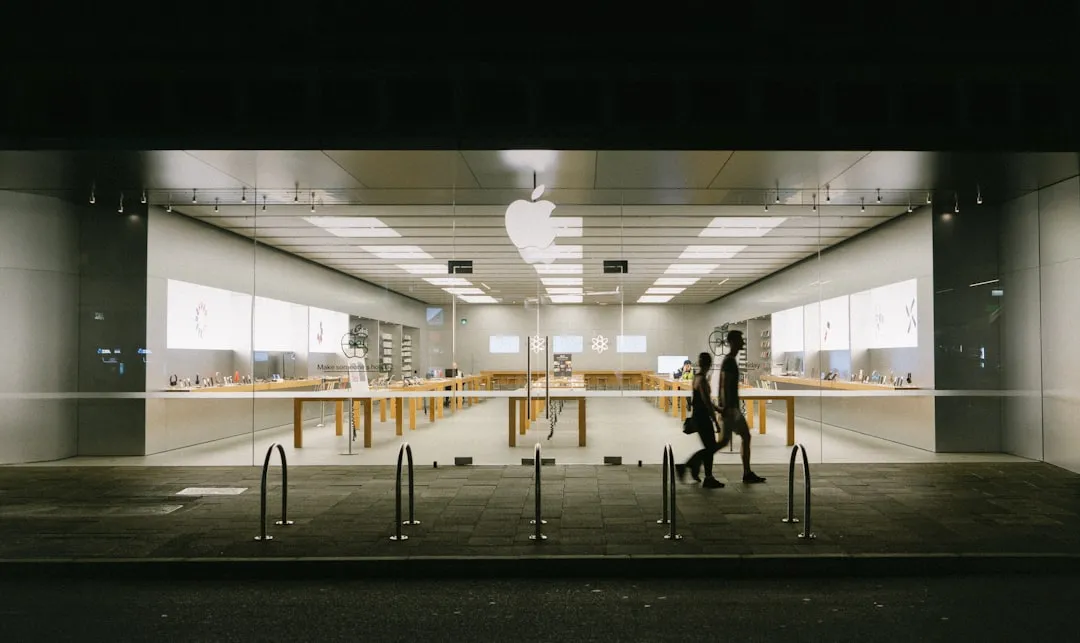
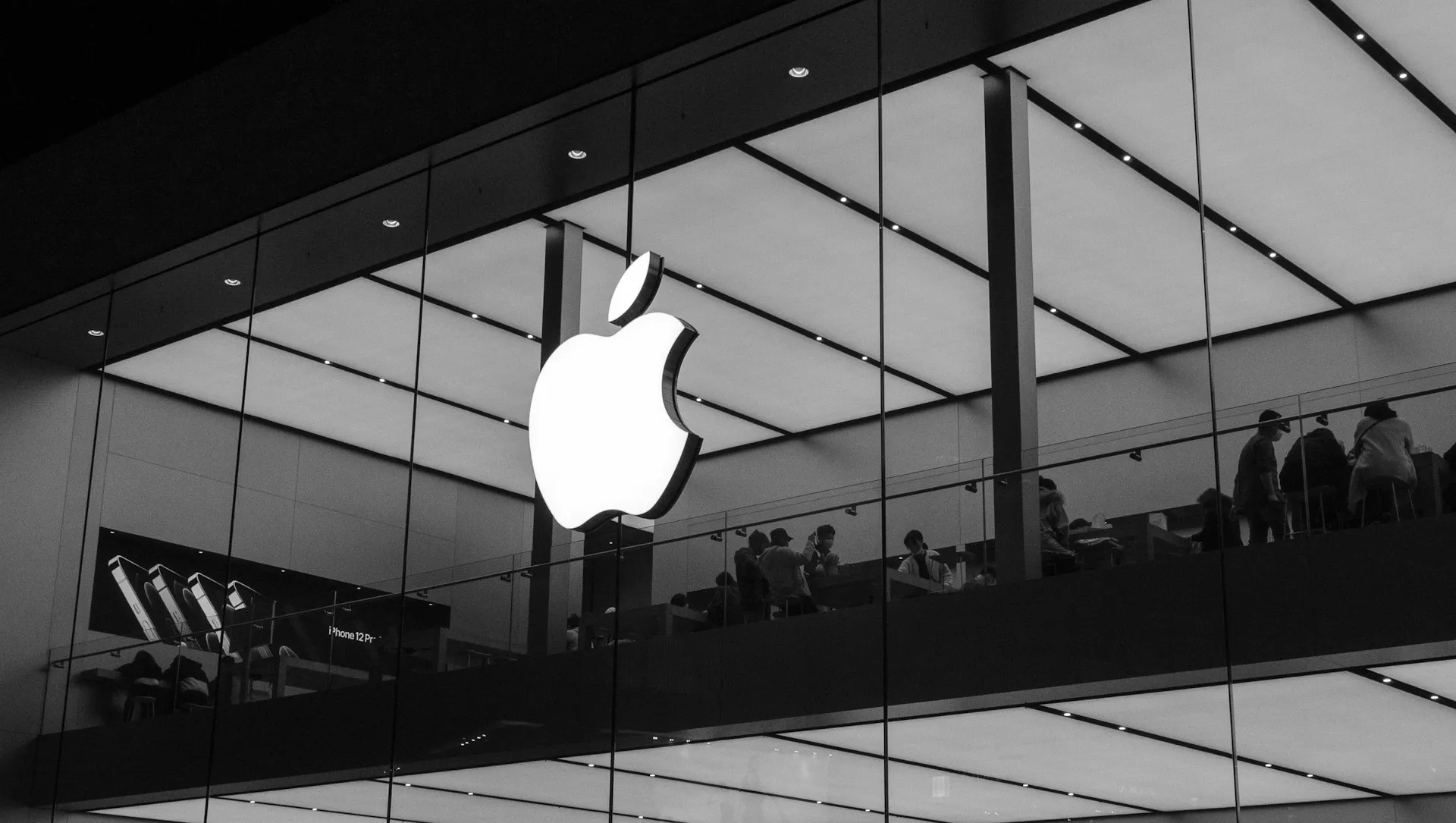
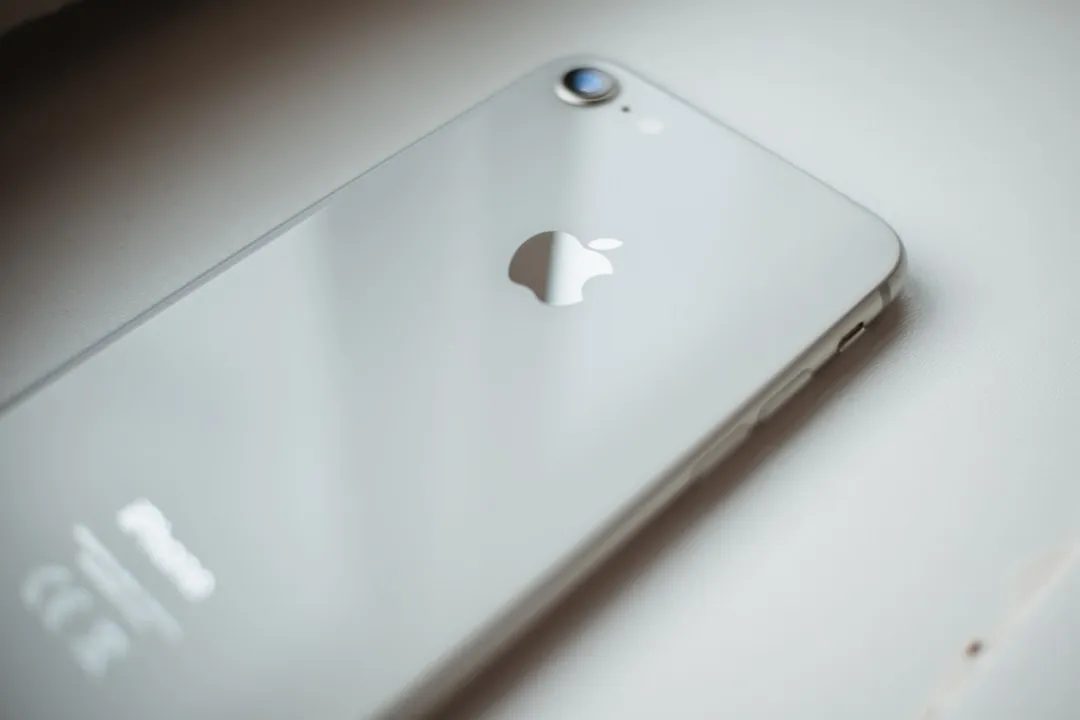
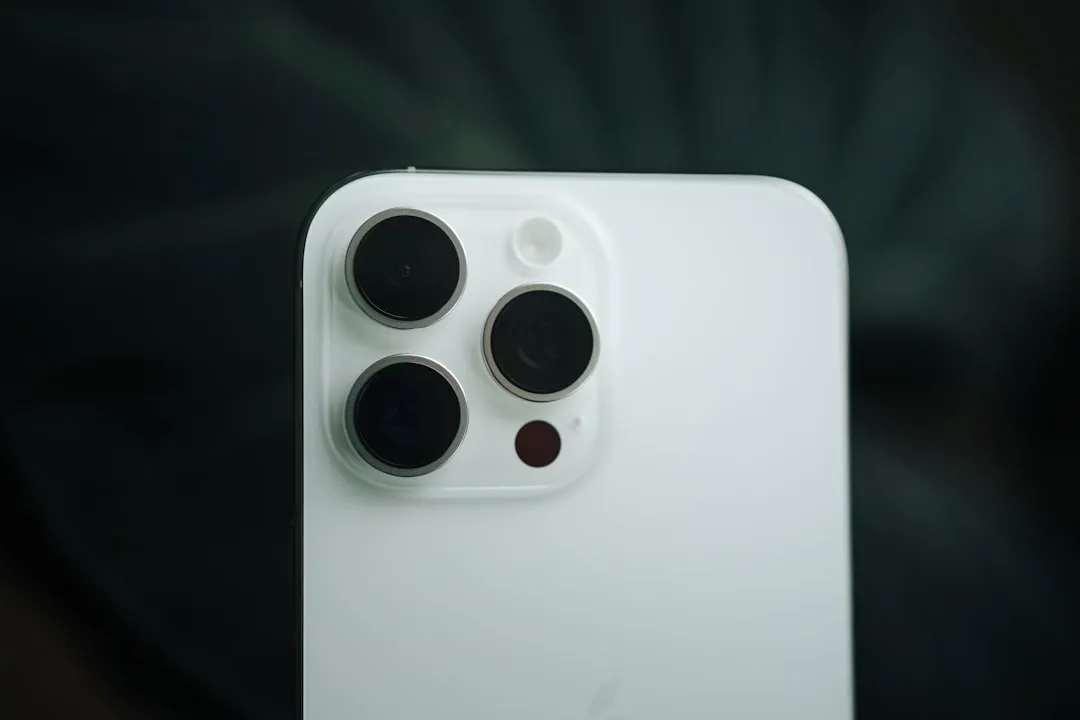
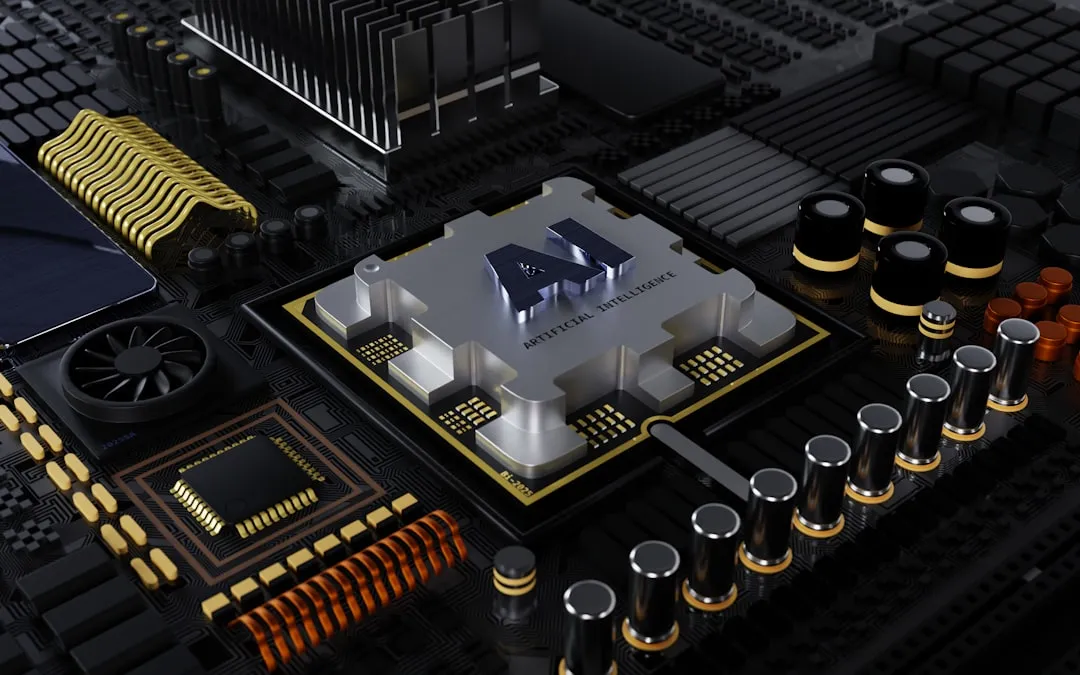
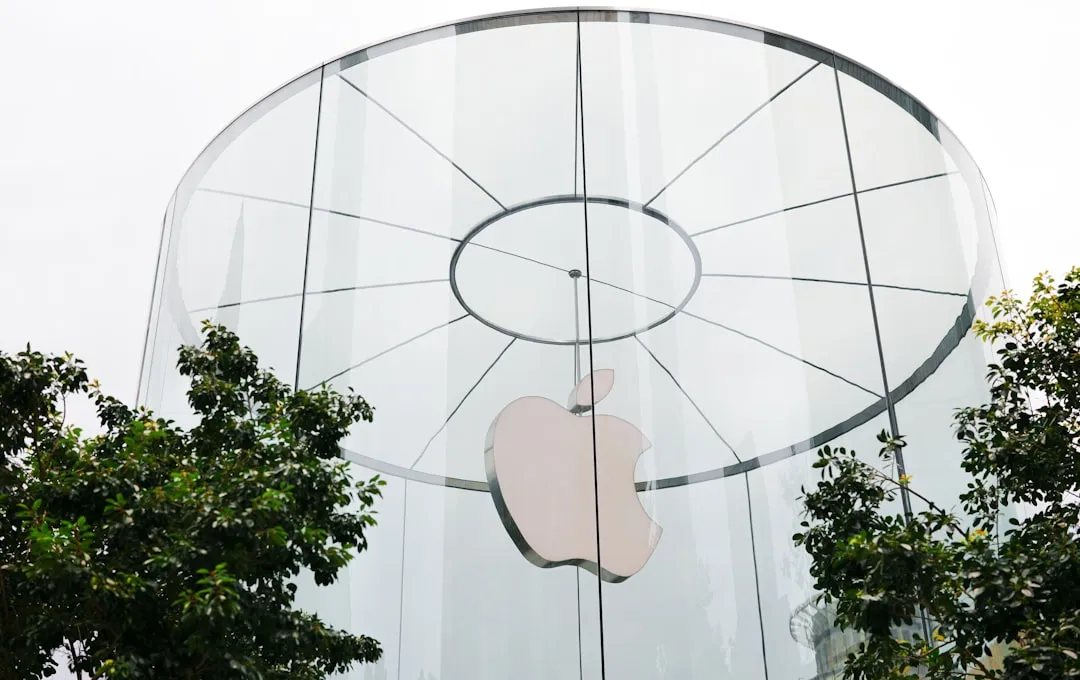

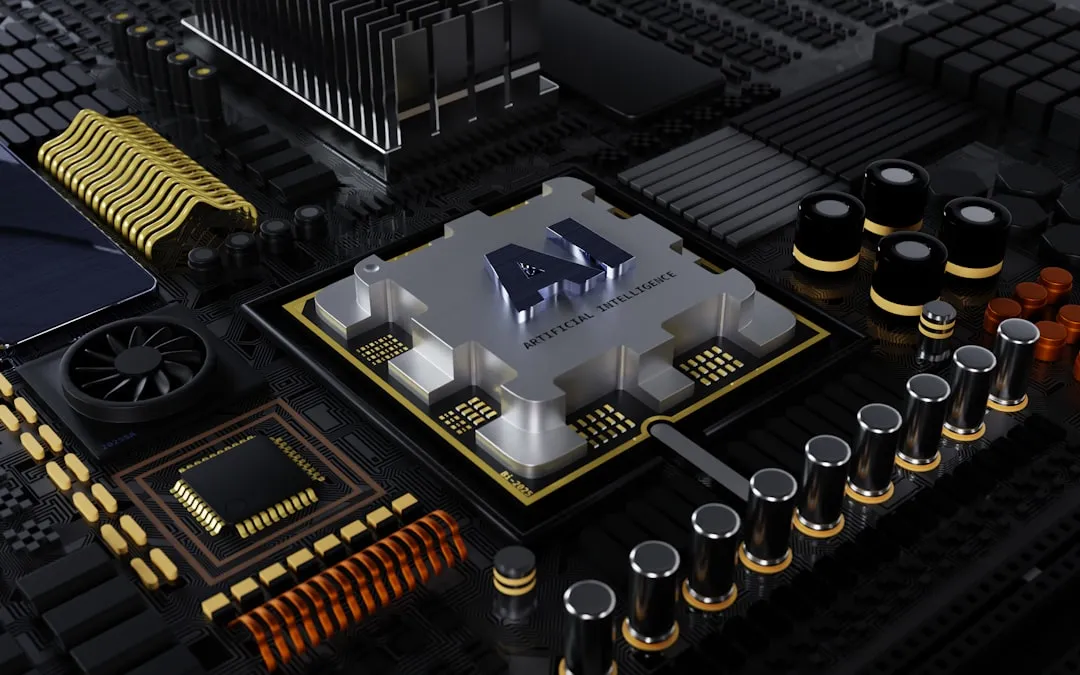
Comments
Be the first, drop a comment!